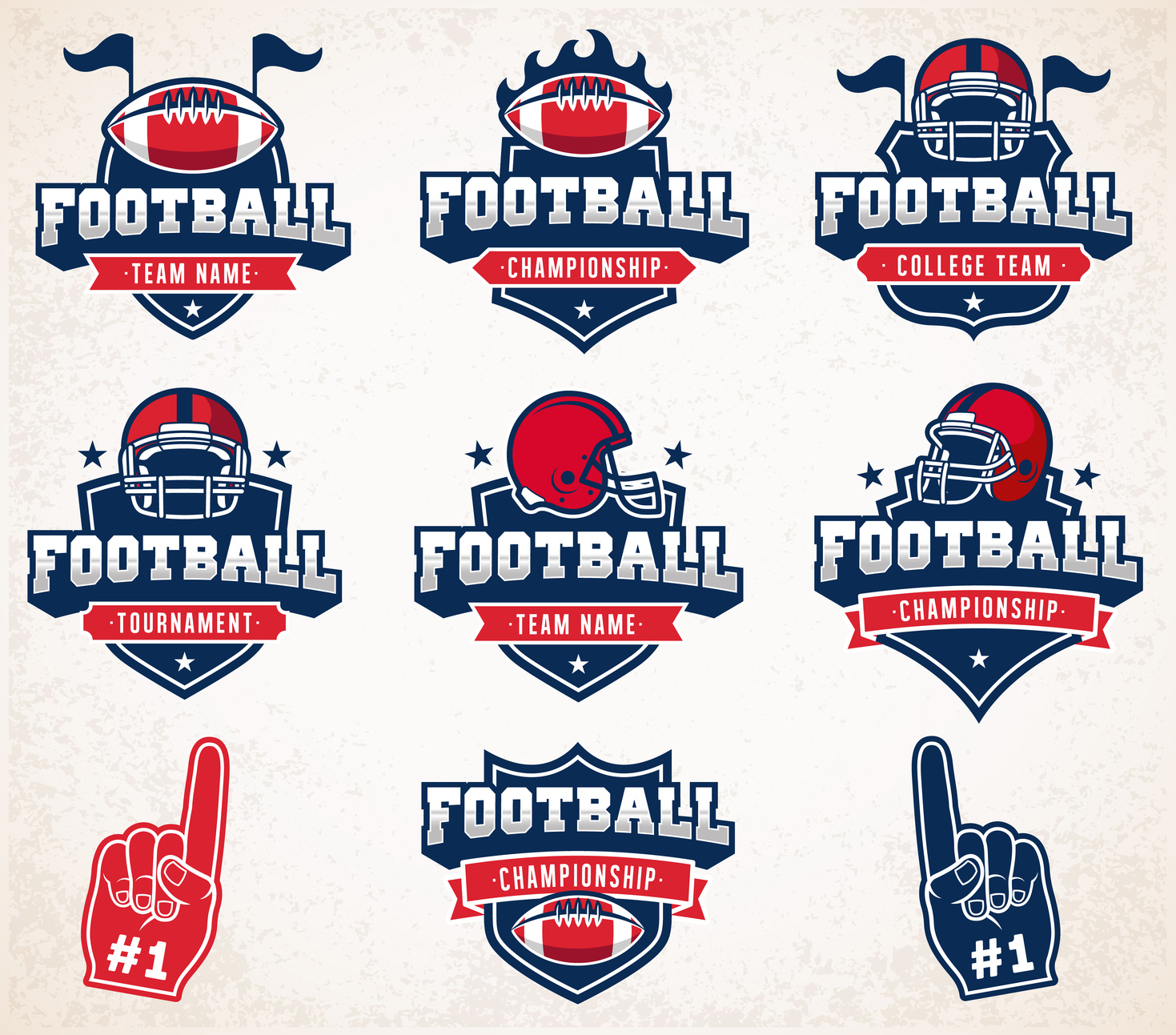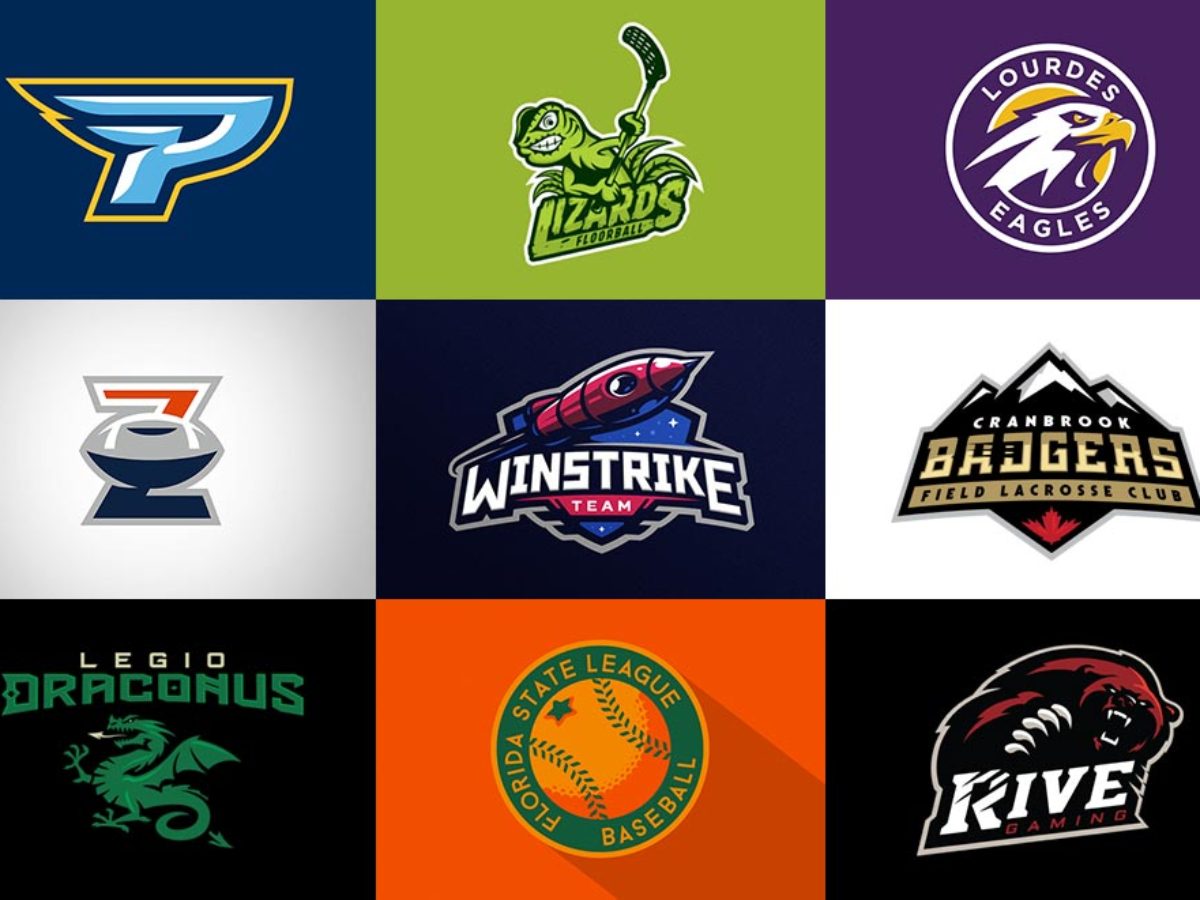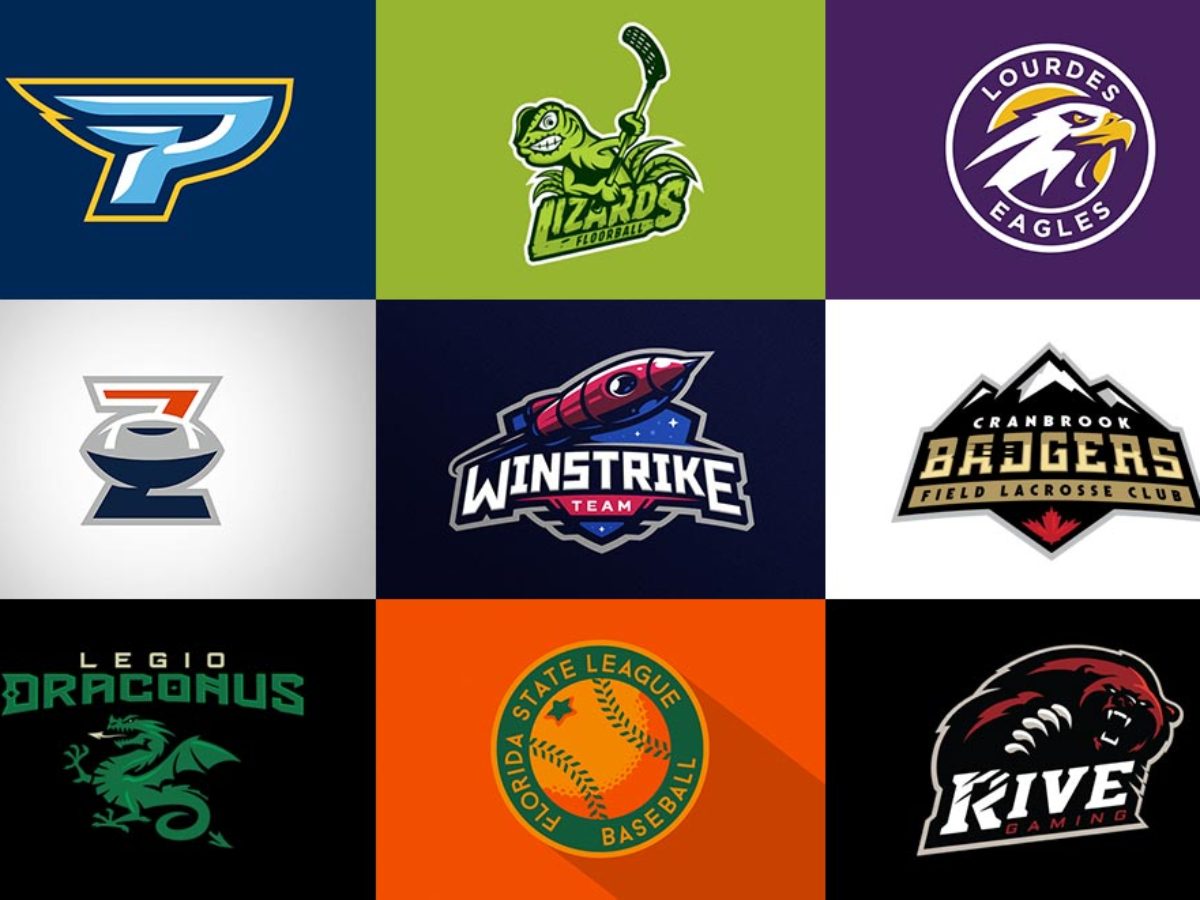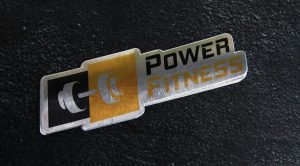Creating a memorable and impactful sports logo is essential for any team or organization. A well-designed logo not only represents the identity of the team but also serves as a symbol of pride and unity for fans. In this article, we will explore some sports logo ideas and provide tips on how to create a logo that stands out from the competition.
Understanding the Importance of a Sports Logo


A sports logo is more than just a visual representation; it is the face of a team or organization. A well-crafted logo has the power to evoke emotions, create a sense of belonging, and leave a lasting impression on fans and supporters. Whether it’s a professional sports team, a college team, or a local club, a strong logo can significantly impact the success and popularity of the team.
Researching Existing Sports Logos


Before diving into the process of designing a sports logo, it’s important to conduct thorough research on existing logos in the sports industry. Take a look at logos from various sports leagues, teams, and organizations to get a sense of current trends and design elements. Analyzing successful sports logos can provide inspiration and help you understand what works well in the industry.
Identifying Key Elements for a Sports Logo
When brainstorming sports logo ideas, it’s crucial to identify and incorporate key elements that represent the team’s identity and values. Here are a few essential elements to consider:
1. Mascots/Animals
Mascots and animals are common elements found in sports logos. They can add a touch of personality and evoke a sense of strength, agility, or team spirit. Consider incorporating a mascot or animal that resonates with the team’s values or represents the local area.
2. Typography
Typography plays a vital role in logo design, as it helps convey the team’s name and personality. Choose a font that is bold, legible, and reflects the team’s style. Experiment with different font styles to find the one that best represents the team’s identity.
3. Colors
Colors have a significant impact on how a logo is perceived. Different colors evoke different emotions and can help convey the team’s values. Consider using colors that align with the team’s branding and create a sense of energy, passion, or professionalism.
4. Symbols/Icons
Symbols or icons can serve as powerful visual representations in sports logos. They can be used to depict specific sports equipment, landmarks, or elements that are closely associated with the team. Incorporating symbols or icons can make the logo more visually appealing and memorable.
Designing Your Sports Logo


Once you have a clear understanding of the key elements to consider, it’s time to start designing your sports logo. Here are some steps to guide you through the process:
1. Sketching and Conceptualizing
Start by sketching out rough ideas and concepts for your logo. Let your creativity flow and explore different possibilities. Consider different combinations of mascots, typography, symbols, and colors. Sketching allows you to visualize your ideas and make necessary adjustments before moving on to digital design.
2. Digital Design
Once you have a few solid concepts from your sketches, it’s time to bring your ideas to life using digital design software. Adobe Illustrator, CorelDRAW, or other vector-based graphic design tools are commonly used for logo design. Experiment with different layouts, colors, and typography to create a visually appealing and balanced logo. Your logo will have to work well on a variety of material especially on your website and social media. Whether your are branding a professional team or a local club website, consistency across the board will be important.
3. Simplicity is Key
When designing a sports logo, it’s important to keep it simple and easily recognizable. A cluttered or overly complex logo may not translate well in different sizes or formats. Aim for a logo that can be easily identified even at small sizes, such as on mobile devices or merchandise.
4. Test and Gather Feedback
Once you have a finalized design, it’s essential to test the logo’s effectiveness by gathering feedback from various sources. Share the logo with teammates, fans, and other stakeholders to get their opinions. Consider their feedback and make necessary adjustments if required. Testing your logo ensures that it resonates with the target audience and effectively communicates the team’s identity.
Protecting Your Sports Logo


After investing time and effort into designing a sports logo, it’s crucial to protect it legally. Here are a few steps to consider:
1. Trademark Registration
Consult with a legal professional to understand the trademark registration process. Registering your logo as a trademark can provide legal protection, preventing others from using or copying your logo without permission.
2. Copyright Protection
Consider registering your logo for copyright protection. While trademark registration protects the logo as a brand identifier, copyright protection safeguards the original artistic work of the logo.
3. Brand Guidelines
Develop a set of brand guidelines that outline how the logo should be used, including size, placement, colors, and variations. Brand guidelines ensure consistency and maintain the integrity of your sports logo.
Conclusion


Designing a memorable and impactful sports logo requires careful consideration of key elements and an understanding of the team’s identity. By researching existing logos, identifying essential elements, and following a structured design process, you can create a logo that represents your team’s values and resonates with fans. Remember to protect your logo legally and develop brand guidelines to maintain its integrity. With a well-designed sports logo, your team will stand out from the competition and leave a lasting impression.
Marietta Arnold is a branding and design enthusiast who draws inspiration from hobbies like hiking, photography, and art exploration. With a background in graphic design, she shares insights on branding strategies and logo design trends. Stay updated with Marietta’s work for the latest in branding and design.



